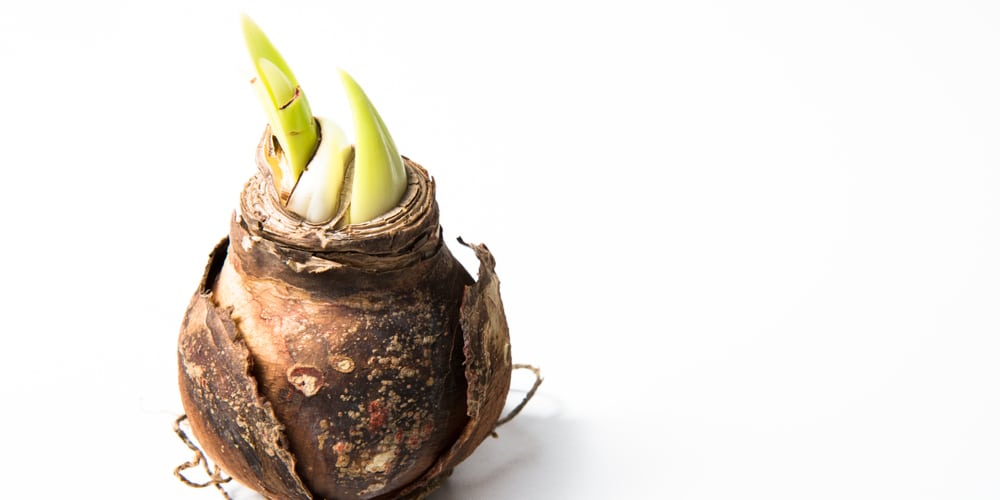If you live in an area that’s too cold for your summer blooming flower bulbs to make it through the winter, you’ll need to dig them up each year.
We’ll share the must-knows on when to dig up these bulbs and how to care for them until the next planting season.
When Should You Dig Up Bulbs That Bloom in the Summer?
You should wait until the first frost to dig up the bulbs of your flowers that bloom in the summer. The timing of the first frost will vary according to where you live.
Even so, certain bulbs have different ideal removal times after the first frost.
For example, it’s best to dig up dahlias one or two weeks after the first frost. That way, they’ll have time to develop eyes on their tubers, which is vital to them growing the following year.
In contrast, you can dig up canna, gladiolus and tulip bulbs immediately after the first frost.
How To Dig Up Blubs
After the first frost arrives in your area, you’ll first need to cut away the dead plant. Doing so will make it easier for you to remove the bulbs. You can use a sharp knife to do so, and placing the cuttings in compost for next year’s fertilizer is an excellent option.
Then, take a small shovel and gently dig around the outside edges of your plants. It’s better to overcompensate at first; you can always get closer until you encounter the bulbs.
Carefully remove the soil around the bulbs, ensuring you don’t damage their outer coat. If you notice any bad-looking bulbs, add them to your compost pile.
Some people prefer manually picking the soil off their flower bulbs, while others are comfortable using water to get them clean. Should you choose the water route, we recommend doing so on a sunny day so you can leave them out to dry.
You’ll need to use pruners to cut the roots and stems so that only two inches remain. Then, you’ll be ready to store your flower bulbs.
What To Do With Bulbs After Digging Them Up
With your flower bulbs in hand, it’s wise to dry them first. That’s especially important for certain summer flowering plants, such as the canna and elephant ear. Doing so will prevent the bulbs from rotting during the winter.
You can dry the bulbs by putting them on a mesh screen and leaving them in a cool, dry place. Placing them out in the sun on a sunny day is also effective in helping them dry.
During this time, some people treat the bulbs with fungicides, although it’s more common to do this with gladiolus than with other summer flowering bulbs.
Once the bulb’s roots feel drier, it’s time to store them. One way to do so is by placing the bulbs in a mesh bag and wrapping them in paper to help absorb any remaining moisture throughout the winter.
You can also pack the bulbs in a bag or box, covering them with items such as:
- Milled pat moss
- Shredded paper
- Perlite
Yet again, the purpose of these items is to absorb moisture. You’ll then need to leave your bulbs in a cool, dry place.
The Bottom Line
Digging up and storing flower bulbs is easy once you get the hang of it. Doing so can also save you money since you won’t have to buy new bulbs for summer flowering plants each year.
Once mid-spring arrives, it’s safe to pull your bulbs out of storage and plant them to enjoy yet another season of summer flowers.

